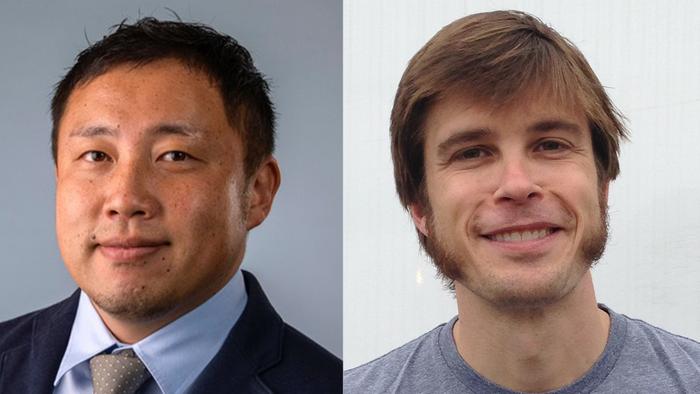The new project creates opportunities for researchers from historically underrepresented groups to develop technology that will help us understand the forces behind an expanding universe.

Credit: (Image by Argonne National Laboratory.)
The new project creates opportunities for researchers from historically underrepresented groups to develop technology that will help us understand the forces behind an expanding universe.
The U.S. Department of Energy’s (DOE) Argonne National Laboratory and the Missouri University of Science and Technology (Missouri S&T) have been awarded funding for a program that aims to generate insights about the universe while expanding diversity in the high energy physics field.
Through the $589,000, three-year grant from DOE’s Funding for Accelerated, Inclusive Research (FAIR) initiative, the research team will create a computer modeling framework to map a set of distant galaxies known as emission line galaxies. The grant also supports the participation of students from historically underrepresented groups.
Shun Saito, assistant professor of physics at Missouri S&T, is leading the research project with Andrew Hearin, an Argonne physicist, as the DOE national laboratory partner. The goal is to unravel some of the mystery surrounding dark energy, the force thought to drive the universe’s accelerated expansion.
“You really need supercomputing resources to be able to make predictions for galaxies in the large volumes we are simulating. Our modeling approach has been designed from the ground up to do exactly that.” — Andrew Hearin, Argonne physicist
The project relates to the DOE-funded Dark Energy Spectroscopic Instrument (DESI), which is measuring the trajectory of this expansion by mapping emission line galaxies. Emission lines are light signals emanating from galaxies across billions of years. These lines can be used in mapping the galaxies and determining their histories. Saito and team will build a simulation-based framework to predict a clustering pattern of faraway emission line galaxies that can then be used to understand the nature of dark energy.
“In the last decade, we have seen a lot of progress in measuring the nearby universe,” Saito said. “Now we want to locate more distant galaxies to fully map out the evolution of cosmological expansion.”
The research will take advantage of high performance computing at Argonne’s Laboratory Computing Resource Center.
“You really need supercomputing resources to be able to make predictions for galaxies in the large volumes we are simulating,” Hearin said. “Our modeling approach has been designed from the ground up to do exactly that.”
The project continues efforts by Saito and Hearin, who are longtime collaborators, to create a more inclusive community of high energy physics researchers. In 2019, they founded the Midwest Cosmology Network to provide a collaborative forum for researchers who belong to relatively small, isolated cosmology groups at colleges and universities.
In addition to research positions for one undergraduate, doctorate and postdoctorate student each, the program will also enable the collaborative work at Argonne.
The resulting framework and data will be available to other researchers who seek to analyze data from DESI and similar surveys. “People working on understanding galaxies can use the catalogs generated by this project,” Saito said.
In total, the DOE Office of Science awarded $37 million in funding to 52 projects representing 44 institutions. Hearin’s and Saito’s project is one of 10 projects affiliated with Argonne to receive this funding. The FAIR initiative aims to build research capacity, infrastructure and expertise at institutions historically underrepresented in the Office of Science portfolio, including minority serving institutions and emerging research institutions.
Argonne National Laboratory seeks solutions to pressing national problems in science and technology. The nation’s first national laboratory, Argonne conducts leading-edge basic and applied scientific research in virtually every scientific discipline. Argonne researchers work closely with researchers from hundreds of companies, universities, and federal, state and municipal agencies to help them solve their specific problems, advance America’s scientific leadership and prepare the nation for a better future. With employees from more than 60 nations, Argonne is managed by UChicago Argonne, LLC for the U.S. Department of Energy’s Office of Science.
The U.S. Department of Energy’s Office of Science is the single largest supporter of basic research in the physical sciences in the United States and is working to address some of the most pressing challenges of our time. For more information, visit https://energy.gov/science.




